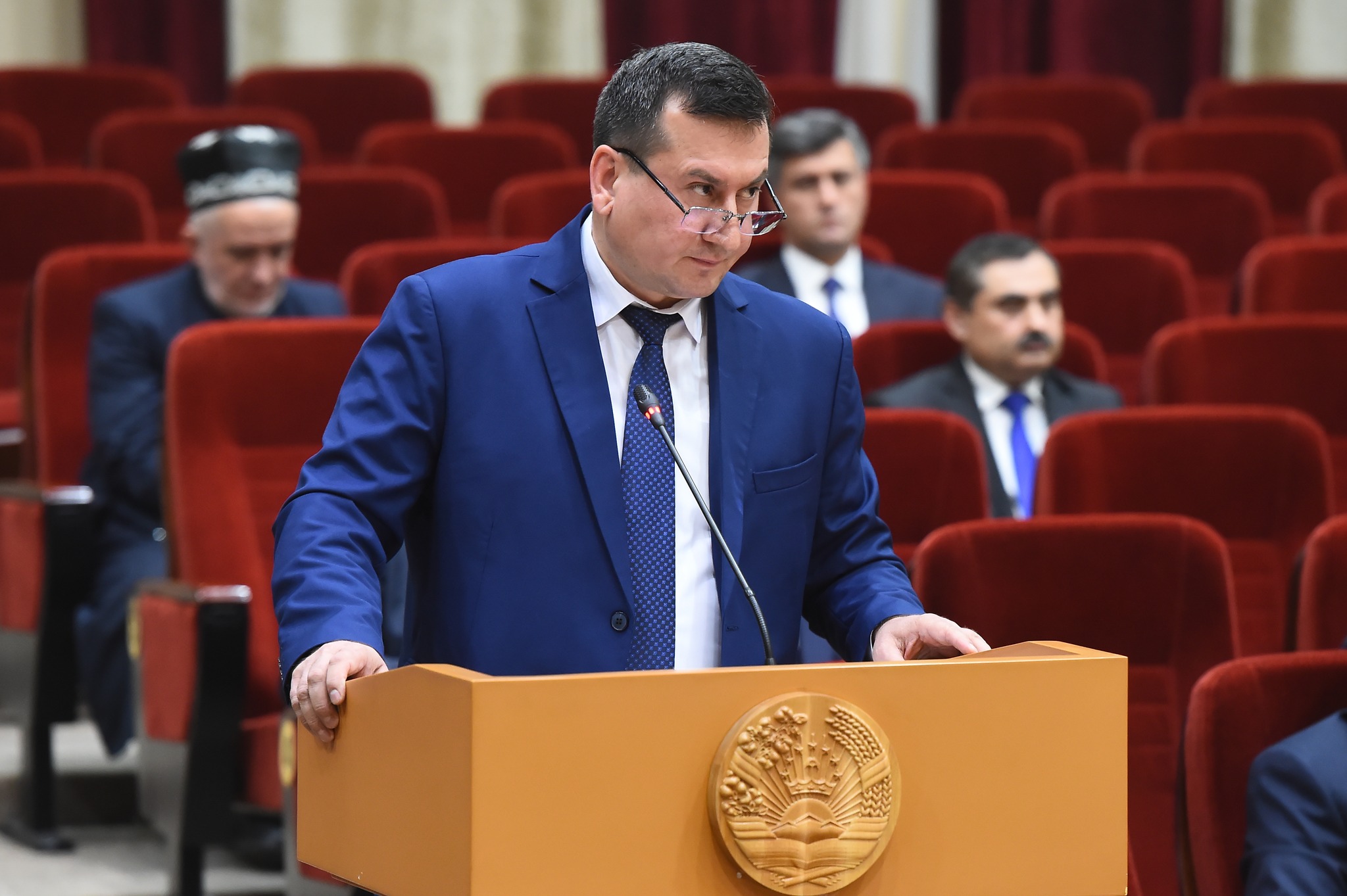Presided over by President Emomali Rahmon, a government session took place on November 29 to review the results of work carried out over the first ten months of this year.
The Tajik president’s official website says the first deputy minister of industry and new technologies reported on the implementation of the decision of the Government of the Republic of Tajikistan on the program for the development of light Industry in Tajikistan for the period up to 2022.
It was reportedly emphasized that this program is implemented within the framework of the fourth strategic goal - rapid industrialization of the country, and is important for ensuring the development of the country's economy due to the development of light industry.

The Program for the Development of Light Industry in Tajikistan for the period up to 2022 has been developed based on the provisions of the RT Law “On State Perspectives, Concepts, Strategies and Programs of Socioeconomic Development of the Republic of Tajikistan", the Industry Development Strategy for the period up to 2030, the Medium-Term Development Program of Tajikistan for 2016-2020, and the Government’s decision of January 23, 2018 on the results of socio-economic development of Tajikistan in 2017 and tasks for 2018.
It was noted that the volume of production of light industry products during the implementation of the Program had a tendency to increase year by year, from 2.7 billion somonis in 2018 to 4.1 billion somonis in 2021, which is a 1.5-fold increase compared to 2018.
According to the Tajik president’s official website, during the period of implementation of the industry program, i.e. 2018-2021 and 8 months of 2022, the forecast index of cotton thread was completed at 103.5%, sewing products 115.3%, socks and stockings 209.5%, knitted products 141.4%, shoes 101.1%, furniture 216.8%, and carpet 167.1%.
245 enterprises and workshops that were introduced into operation during the implementation of this program reportedly created 3872 new jobs. The activities of these enterprises and factories are focused on the processing of cotton, cotton fiber, leather, production of blanket cotton, sewing products, socks, polypropylene bags, shoes and furniture.
The implementation of the Government’s decision of June 3, 2014 on the development of hand-woven carpets and other folk crafts in Tajikistan reportedly provided an opportunity to establish educational-production centers in the territory of cities and districts across the country, and to strengthen the process of learning and developing folk crafts.
Currently, 8 enterprises are organized as legal entities and training and production centers for handicraft products are organized and operate regularly in 38 cities and districts. Crafts enterprises and centers produce satin and silk fabric, quilts, decorative bed sheets, embroidered pillows, lace, needlework, shirts, small jackets and other handicraft products and are registered in statistical reports.

The government members also discussed a number of bills that were submitted after discussion for consideration to Tajikistan’s lower chamber (Majlisi Namoyandagon) of parliament.
The government members also discussed the Strategy for the Development of Social Protection of the Population of Tajikistan for the period up to 2040, the Program of Statistical Work designed for 2023, the Program for the Development of Pasture in Tajikistan designed for 2023-2027, the Program for the Development of the Cinema of the Republic of Tajikistan designed for 2023-2027 and the Regulations of Presidential Scholarship Program “Durakhshandagon.”








